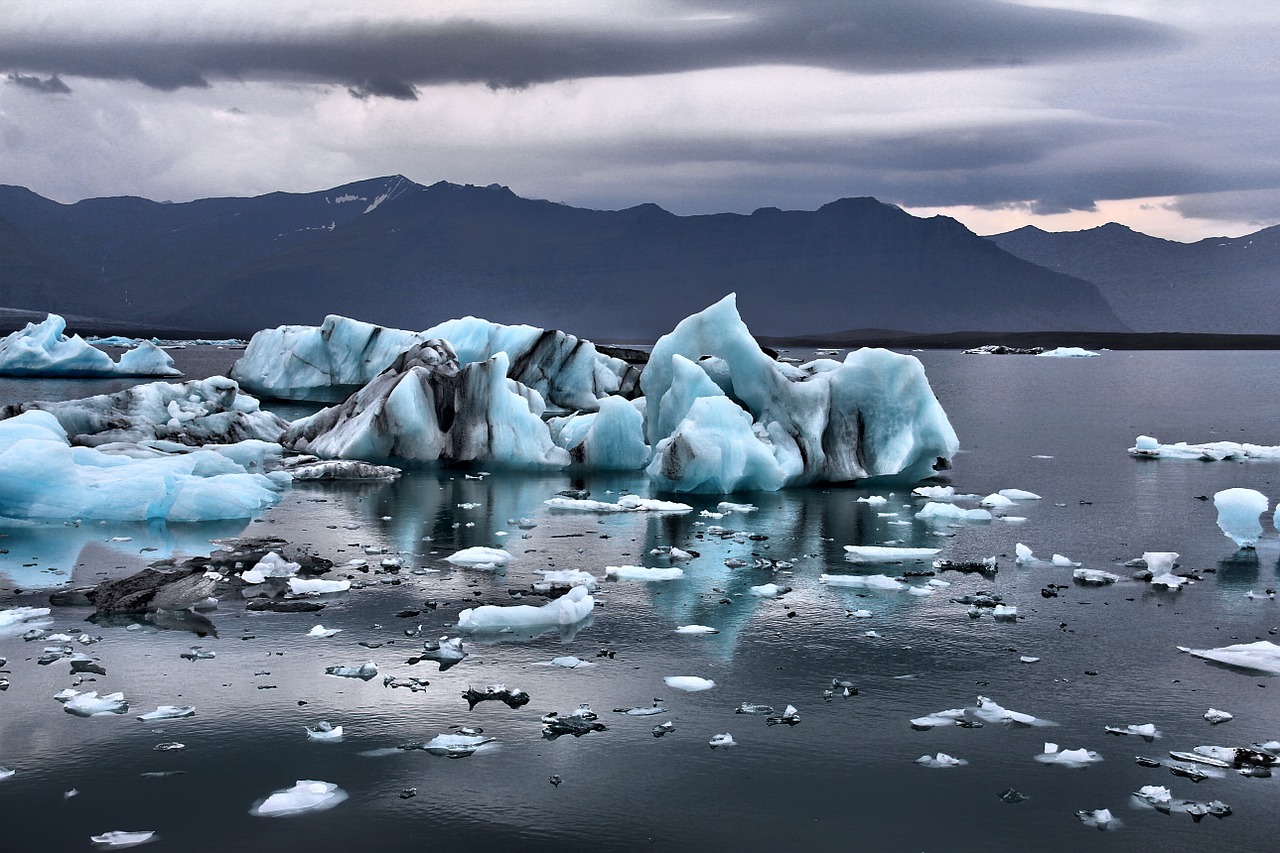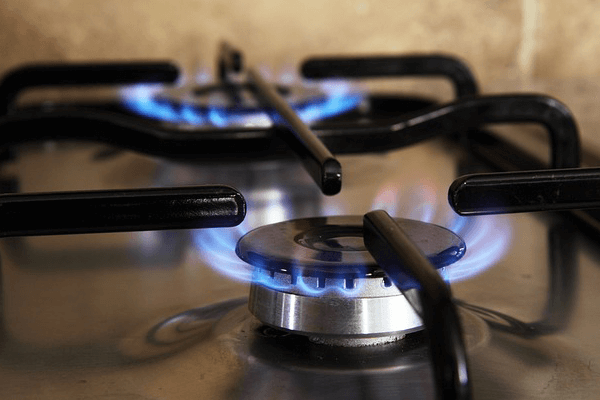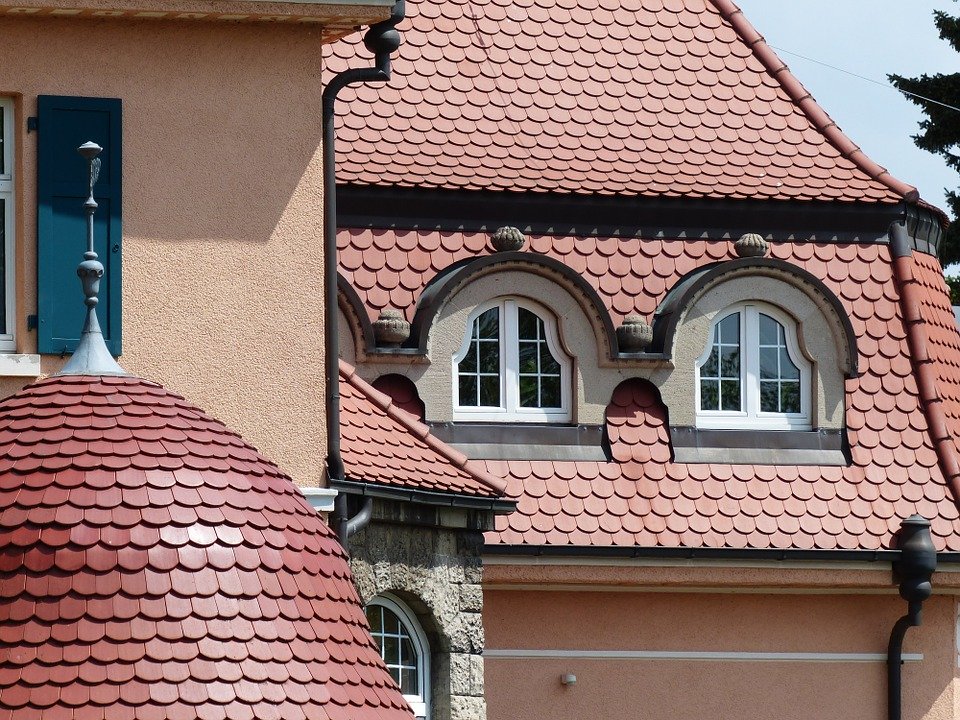
British scientists have mapped cavities half the size of the Grand Canyon that allow warm ocean waters to erode the Antarctic ‘s massive Thwaites glacier, accelerating sea-level rise worldwide.
Like decay in a tooth, the warm water channels melt the ice from below, endangering the stability of a glacier larger than Great Britain.
The British Antarctic Survey and a U.S. team mapped the seabed landscape and the bottom of the ice shelf using an aircraft, ship and robot submarine to assess the gaps that have opened up between previously grounded parts of the glacier.
They measured two old cavities about six miles (10 kilometres) across and 800 metres deep, allowing warm water to flow under the ice. These have been in the making for at least 10,000 years. They also mapped many new, thinner fissures that branched off these main trunks amid the warmer temperatures of the past 30 years.
This week, the findings were published in the journal Cryosphere. The good news is the new channels aren’t as strong as previously thought, indicating that Thwaites’ demise might not come as fast as expected. The bad news is that scientists think the cavities are expanding but they don’t know how quickly.
“The presumption before we did these studies was that all the channels are the same except the latest ones are much thinner and more complex. They’ll get bigger over time,”
one of the lead authors, Tom Jordan, a British Antarctic Survey aerogeophysicist, said.
“Understanding the mechanism and how these cavities grow will be crucial to understanding how the future will shift in Thwaites and West Antarctica.”
That’s one of the world’s most significant issues today. The paper states that the glacier of Thwaites occupies 74,000 square miles (192,000 square kilometres), and is especially vulnerable to climate change.

The loss of ice from Thwaites and its adjacent glaciers has risen more than five-fold over the past 30 years, accounting for more than 4 percent of global sea-level rise. If the glacier melts completely, then another 25 in (65 cm) will be added. Many scientists believe this process is already underway but it remains unclear the pace of collapse.
The new study forms part of an attempt by the International Thwaites Glacier Collaboration to determine certain risks.
“We are just halfway through the process so these numbers are preliminary,”
Jordan said. “Intuitively, the current thin cavities would appear to let in less warm water so the glacier collapse would be slower than previously thought, but that needs to be verified. They should use this data in future models.
There have been some talks about geoengineering to block the flow of warm water, but in such a remote area Jordan said this would be costly. Rather, he called for carbon reductions as the most cost-effective way to alleviate climate impacts.
“Theoretically we are able to create a dam to avoid the hot water from flowing in. But these are incredibly wide networks. By cutting carbon emissions we will intervene more efficiently,”
he said.

Carl Riedel is an experienced writer focused on using Open Source Intelligence (OSINT) to produce insightful articles. Passionate about free speech, he leverages OSINT to delve into public data, crafting stories that illuminate underreported issues, enriching public discourse with perspectives often overlooked by mainstream media.





